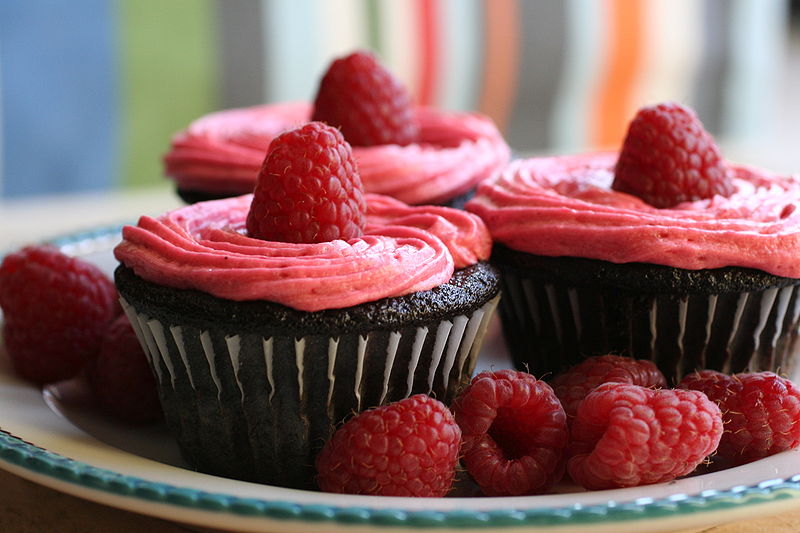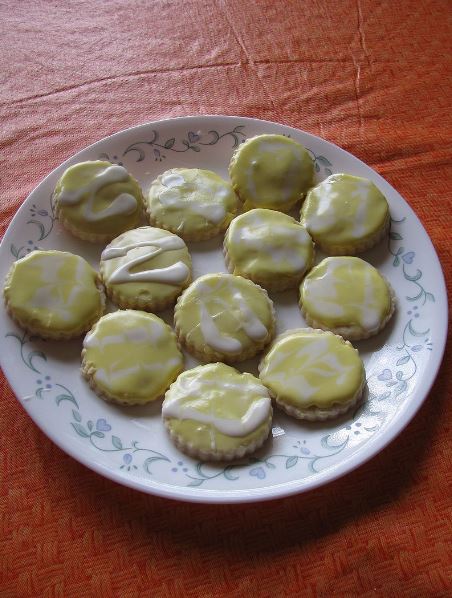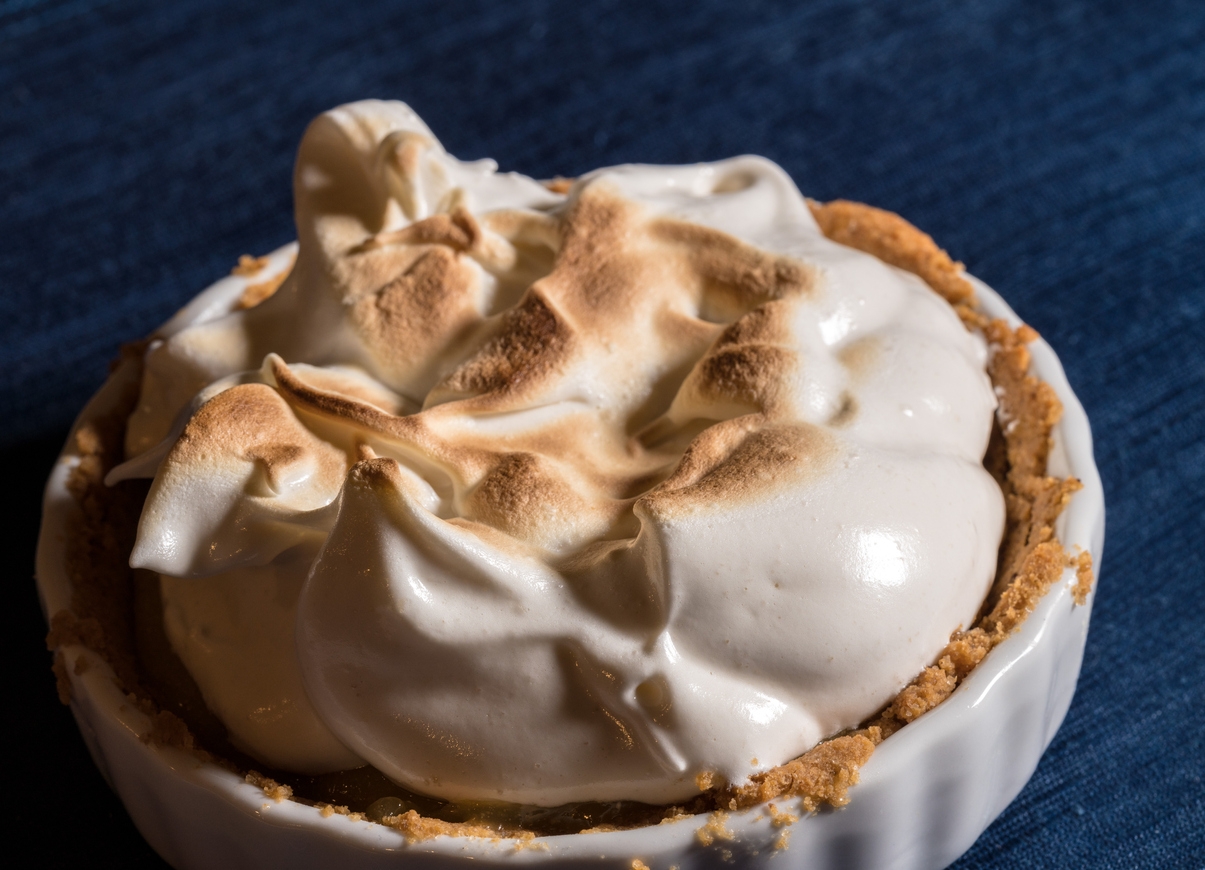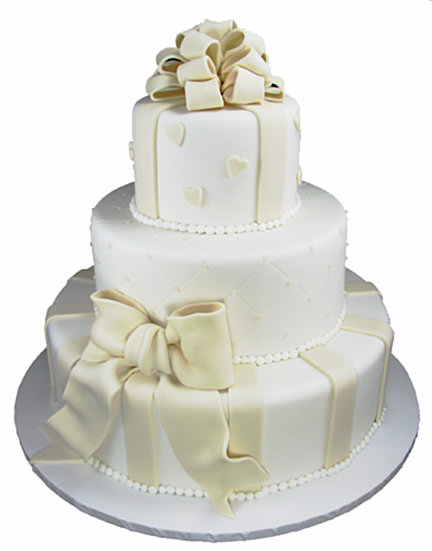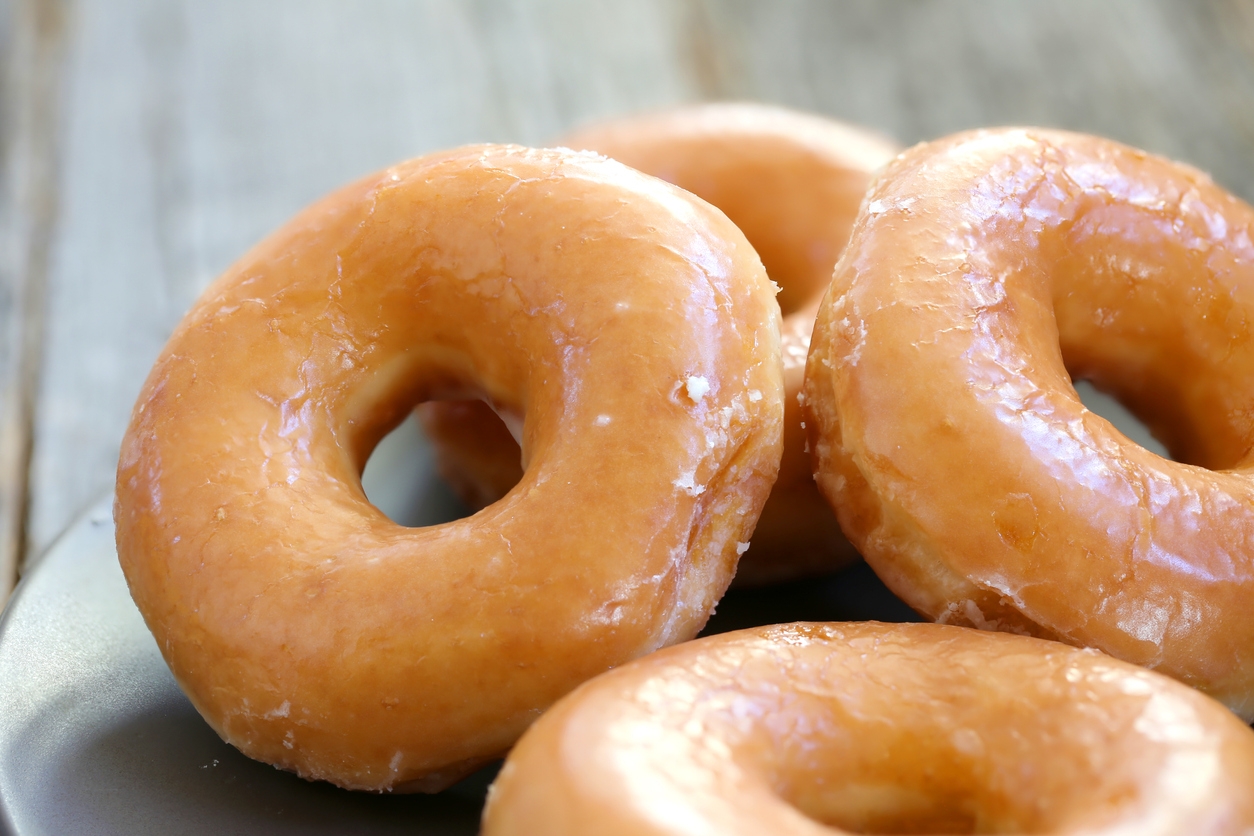Icing is a sweet topping that is used on a wide range of desserts. It is most often used as a decoration, but it may also add a sweet flavor to food. Icing’s primary ingredient is sugar. Often these recipes call for powdered sugar, also known as confectioners’ sugar. To achieve the desired consistency, the sugar is mixed with a liquid. The primary method for producing different icing flavors is to use different liquids. For basic icings, milk or cream can be used, but for flavored varieties, many chefs recommend fruit juice rather than a liqueur. For aesthetic purposes, colorful variants can be created by adding edible dyes or food coloring.
The idea of covering cakes dated back to the 17th century. Before, the icing was applied to the cake and placed in the oven. The first recorded use of the word “icing” was in the year 1683 and “frosting” in the year 1750. However, the first published recipe was attributed to Elizabeth Raffald in 1769 though the actual practice dates so much back in time. Molding icing into shapes such as flowers and leaves is made possible with the use of a pastry bag. Such embellishments are typical on birthday and wedding cakes. On top of the icing, sprinkles, edible inks, or other embellishments are frequently utilized but as time goes by, the art of icing evolved so much for the better and even the best.
1. Buttercream Icing
Buttercream is one of the most popular types of icing for cakes and the easiest to make as well. It is easy to spread and more flexible because of its soft and smooth texture. It can be used as a filling inside cakes as well as an elegant coating. It is made by combining sugar and butter, or other fats such as lard or margarine. The taste, reliability, and appearance of the cream frosting will be impacted by the fat used, as well as the temperature at which the butter is whipped. Vanilla extract keeps adding a flavor boost. Because the cream starts to melt easily in hot weather, it must be kept chilled to maintain its shape. In terms of availability, basic buttercream is very common in the supermarket in the cake mix section.
2. Whipped Cream
If you desire a lighter frosting, whipped cream is the way to go. It is created by cold-whipping heavy cream and sugar until light and fluffy. Whipped cream does beautifully in Mango Mousse Rossette Basket, and Banofee Pie. It is also recognized as Chantilly cream or crème Chantilly. For extra stability, you could also add or even use meringue powder. Enhance the taste of your cake by flavoring the cream.
3. Royal Icing
Royal icing seems to be a pure white and fluid paste that solidifies into a hard outer shell when dried and is traditionally used to cover and decorate dense fruit cakes. Once dry, it looks smooth, hard, and matte after already being made by beating together egg whites, icing sugar, and lime juice. So even though raw egg whites could indeed cause salmonella, some people would prefer to use meringue powder instead. Pure glycerin is frequently used to keep the icing from getting too hard. It can be freely colored with edible food colorings.
4. Cream Cheese
With its own creamy and cheesy deliciousness, cream cheese frosting is preferable for carrot cakes, cupcakes, red velvet cake, as a stuffing for donuts, and just about any other type of pastry. It comes around each other quickly by creaming together a portion of buttercream frosting and a good quality cream cheese. The appearance and flavor are best when made with high-fat cream cheese.
5. Meringue
This icing is created by whisking together egg whites, cold water, and granulated sugar. The combination of air to the mixture creates a foamy consistency. The sugar thickens the foam. It may be plain, flavored, or flavored with nuts. Meringue comes in three different types: French, Italian, and Swiss. The thing that is different is how the eggs are beaten. Meringue can be used as a pastry topping or baked until crunchy and eaten like cookies.
6. Fondant
Fondant is a well-known heavily loaded icing that is easy to sculpt and is mostly used for special occasion cakes. The basic fondant ingredients are water, gelatin, glycerin, water, sugar (icing or castor sugar), and lessening. Several other people are using marshmallows rather than gelatin and glycerin. It’s best to use a fondant that can be stretched without breaking. Carving and customization tools can be used to shape it into various designs.
7. Fudge Icing
Is thick and decadent, with a sturdy chocolate flavor but other flavors are commonly added, such as almond, peanut butter, or mint. This type takes some time to prepare because it provides both butter and shortening, corn syrup, sugar, and a wide range of other condiments, but the finished result is solid and can be stored in the fridge and used later.
8. Glazes
When poured or brushed over cakes and pastries, thin, watery icings create a hard, crisp shell. They are usually made with such a fruit flavor, although some varieties such as chocolate or coffee are also widely known. Glazes, such as flat, can be applied to sweet breakfast pastries such as coffee cakes and glazed doughnuts which are some of the most popular desserts in the United States and numerous other countries around the world. They add flavor while also maintaining the pastry moist and trying to extend its shelf life. Pastry chefs have a wide range of choices when it comes to topping their creations, with seven basic different kinds from which to choose and numerous possibilities inside every type. An accomplished chef can create countless delightful dishes using any of these varieties.
9. Foam Icing
Has a soft, fluffy style and is available in a variety of flavors. A meringue is made from whipped egg whites as well as flavored syrup. Because even though marshmallow foam is a widely known flavor, other varieties such as chocolate or vanilla can also be added to the meringue.
10. Flat Icing
This is one of the simplest examples. Powdered sugar and water are the basic ingredients. Simple flat icings can be flavored with fruit or condiments to add a new flavor to rolls, Danishes, and other pastries as a coating.
